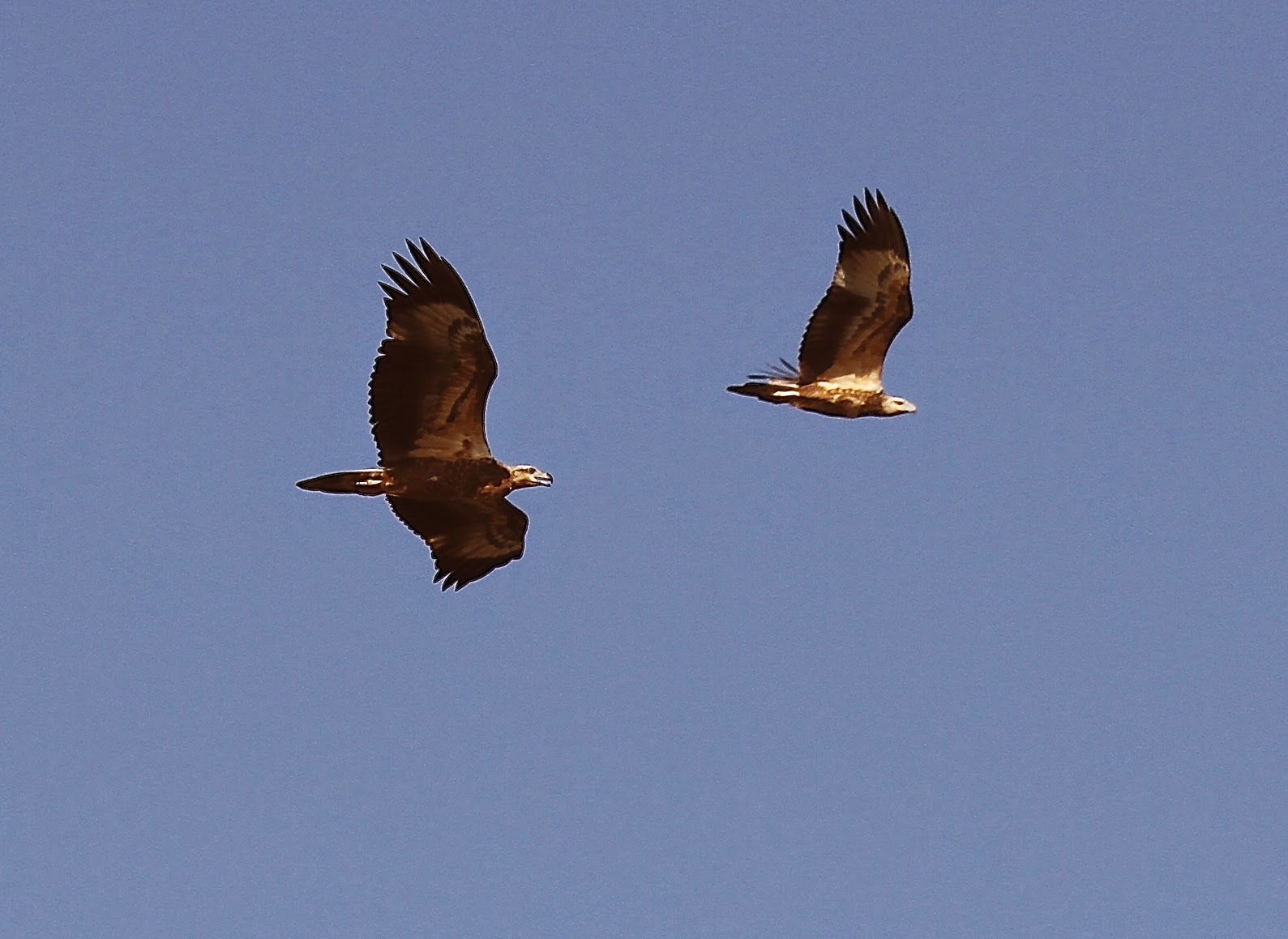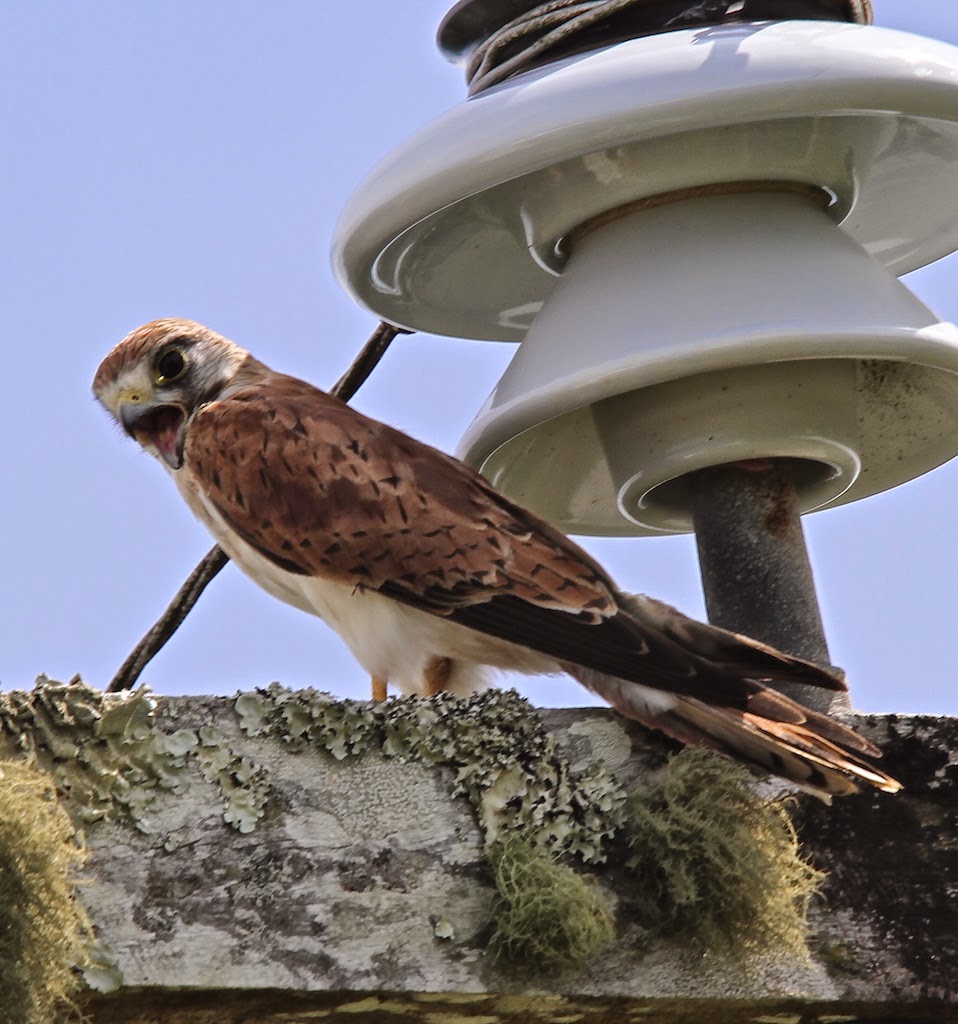The FNQ coastline is once again in a waiting pattern while the South Pacific cooks. Next week two cyclones are expected to form in the Coral Sea, a small system early in the week should cross Cape York Peninsular and although Innisfail is not expected to be affected by cyclonic winds it is anticipated that we will receive a lot of rain. Later in the week a significant tropical cyclone is expected to develop and will move into the Coral Sea and towards the Queensland coast, however, an upper level trough should move into place and redirect this large cyclone southwards. It will be a race of two systems and if we are lucky the very large cyclonic system will be deflected south and will not affect us. Even so, batten down the hatches, clean out the scuppers and stock up on stores; just in case.
Pelican Cerino has been fishing alone this week and catching some 'big ones'. I watched her swim around with her head underwater. Then suddenly she lifted a large fish up and into her bill.

Cerino dropped the fish into her bill and with only a tail sticking out she lifted her head to swallow. The fish would not go down.

Cerino
repositioned the fish in her bill.


Cerino tried to swallow the fish again and it went down her neck, painfully slowly.


He ran along the sand then suddenly scooped through the sand with his bill and pulled out a juicy worm.

While another bar-tailed godwit was using his beak as it was designed, a digging tool, I think this bird was a little confused with his shadow.



One of the juvenile pied oyster catchers is still with his parents and I watched Mum teaching him again how to find a meal, while Dad was busy finding his own.



Only one common sandpiper was on the beach this week, but at least 100 greater sand plovers were spread out along the beach and tide-line at Coquette Point.

I watched the sand plovers run along the beach and one little bird continually bent his head to the waves as if it was all the better to see any movement in the water.

About 20 crested terns were flying over the estuary fishing.

A juvenile white-bellied sea-eagle competed with osprey for the territorial rights to the Johnstone River estuary.
The tide line was covered in mangrove seed litter and it told the story of the end of summer in the mangrove forests and of big tides which have collected the seed and taken them to new water frontages.
The keeled seed-pod of Heritiera littorals, the looking-glass mangrove was on the beach. Alongside, the split open fruits of Xylocarpus granatum, the cannonball mangrove and its 'puzzling' seed. The viviparous seeds of Rhizophora mucronata, the red mangrove, were already sprouting leaves and the smaller seeds of Avicennia marina, the grey mangrove were scattered on the tide line.
 Cassowary Ky has found a new way to cool off. I went to turn off the sprinklers and he was sitting underneath, head raised and mouth open taking in every drop of the water.
Cassowary Ky has found a new way to cool off. I went to turn off the sprinklers and he was sitting underneath, head raised and mouth open taking in every drop of the water.It has been very hot and humid again this week, days around 34 degrees with 90% humidity. I could have easily sat down next to Ky and enjoyed the cool water of the sprinkler.
It is intriguing to watch changes in Ky's behaviour. Ky has grown up with 'Plastic Cas' in the nursery and until this week has completely ignored the statue. Ky has been walking through the nursery this week as the cherry guava and the tropical almond are in fruit and new sources of food for him. On Wednesday I saw him fluffing up and looking aggressively at 'Plastic Cas', it was the first sign of territorial gamesmanship from this young cassowary.
 On Tuesday Jessie and Snout walked through the nursery also eating the almonds and quavas.
On Tuesday Jessie and Snout walked through the nursery also eating the almonds and quavas.Early on Friday I saw Snout by himself he looked a little flushed and I think he had been chasing Ky, there was no sign of Jessie. After a feed of quavas Snout walked off quickly, up the back road and into the rainforest.

Later that morning I had a call from my neighbour Dee W., to hurry across to her place with my camera.
High up on the cross arms of the electrical pole sat a Nankeen kestrel. Dee told me the bird had flown down onto the top of their truck, it seemed to have difficulty in flying. When she approached the kestrel it flew up onto the power pole where it had remained for about 40 minutes.


The adult female nankeen kestrel turned its head upside down to look at me when I approached, it then had a big cough and seem to be all-right after that.
The nankeen kestrel flew off not long after I left and it appeared to be OK, Dee told me later. Nankeen kestrels feed on insects, lizards and mice, it may have tackled something that fought back, like the spider wasp, whatever, it recovered quickly.
It is the first time I have seen a nankeen kestrel at Coquette Point and I note that Billie Gill states that they are normally only a winter visitor to Innisfail. It is my bird of the week.
Gloria enjoyed the exquisite perfume of the ephemeral flowers of the moth orchid.

It is said that when the exotic moth orchid flowers profusely it is the harbinger of heavy rain. This week the moth orchids in my nursery put on the best display I have ever seen. It is time to get the raincoats out of mothballs.
Cheers for this week,
Yvonne





















Gorgeous orchid - I can almost smell all the way here in Calif. Good luck with the threatening cyclones.
ReplyDeleteKaren
Thanks Karen. It was like being in a vacuum last night, not a leaf stirred. A slight breeze this morning but very hot and humid. Would love to send the small tropical low your way with the rain it will bring,
DeleteLovely collection of photos - the head-tilting plover and kestrel made me smile, as did the cassowary sizing up the statue.
ReplyDeleteWill be interesting to see what happens RE: cyclones. We were lucky with Marcia in the SE corner - we received all the rain and no damaging wind. The wildlife has been in a boom period since, as a result.
When you have the time to sit and watch animals you always see amazing behaviour. Sometimes you can be lucky and capture it on camera. Often you don't know what you have until you download, that is the excitement of wildlife photography. Thanks for the comment
ReplyDeleteAmazing captures! I initially noticed your "pelican fish struggle" here! That looks like a huge fish but she was able to swallow it down entirely okay in the end? Was the big fish desperately wriggling about a lot inside the pouch and putting up a good challenge for her?? Does she simply swallow it completely wriggling shout as well?!
ReplyDelete-Kyle
Reply: Mexicankyle35@gmail.com